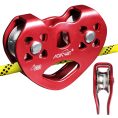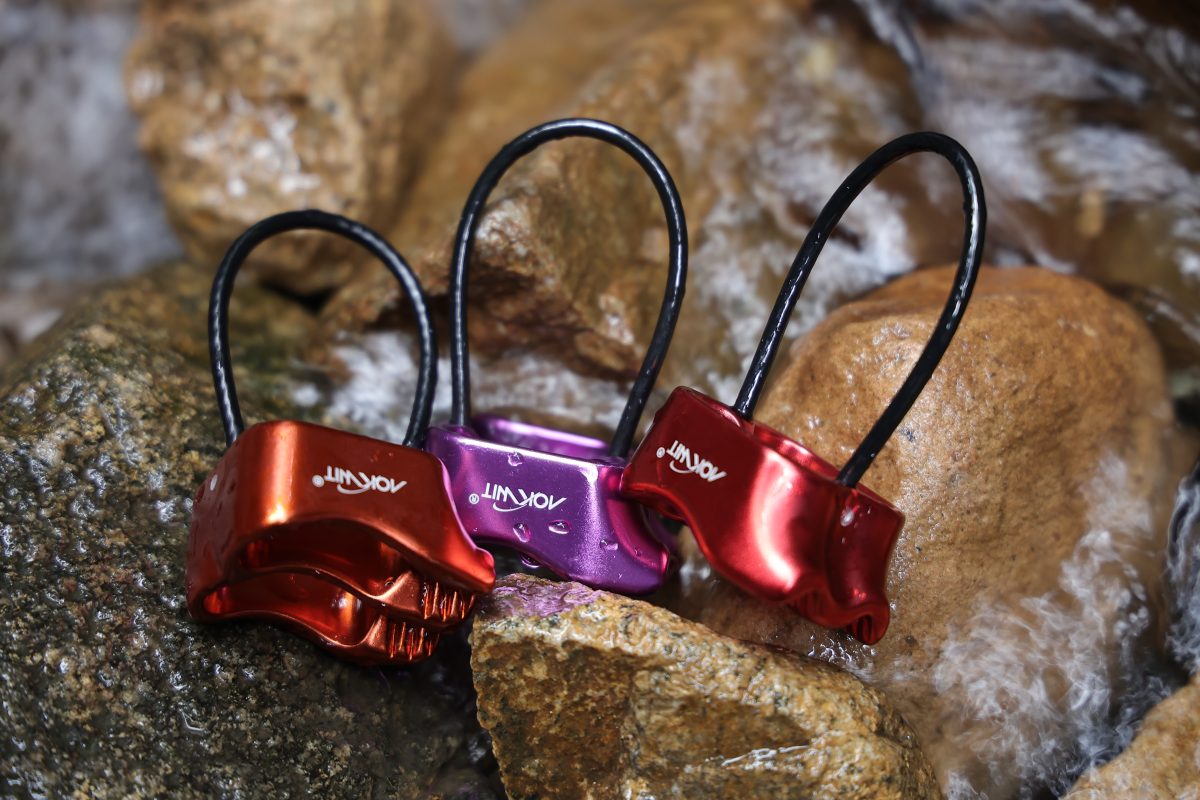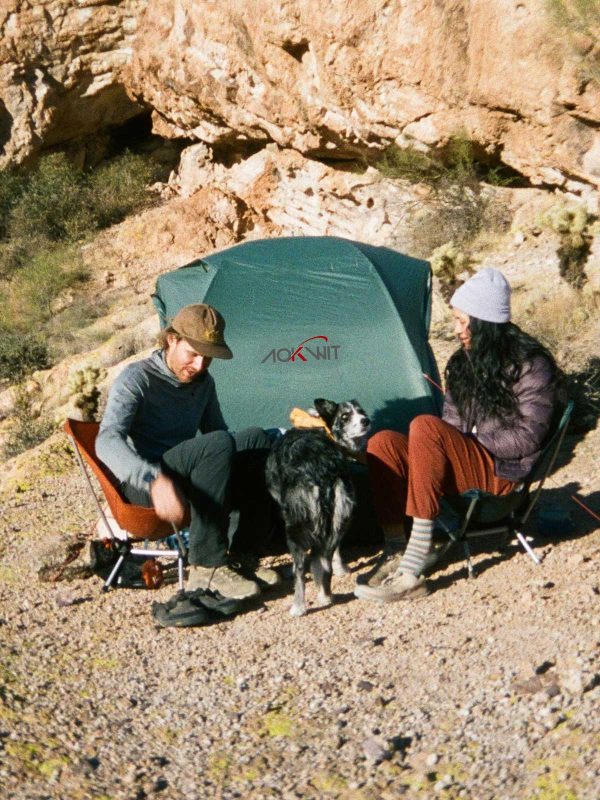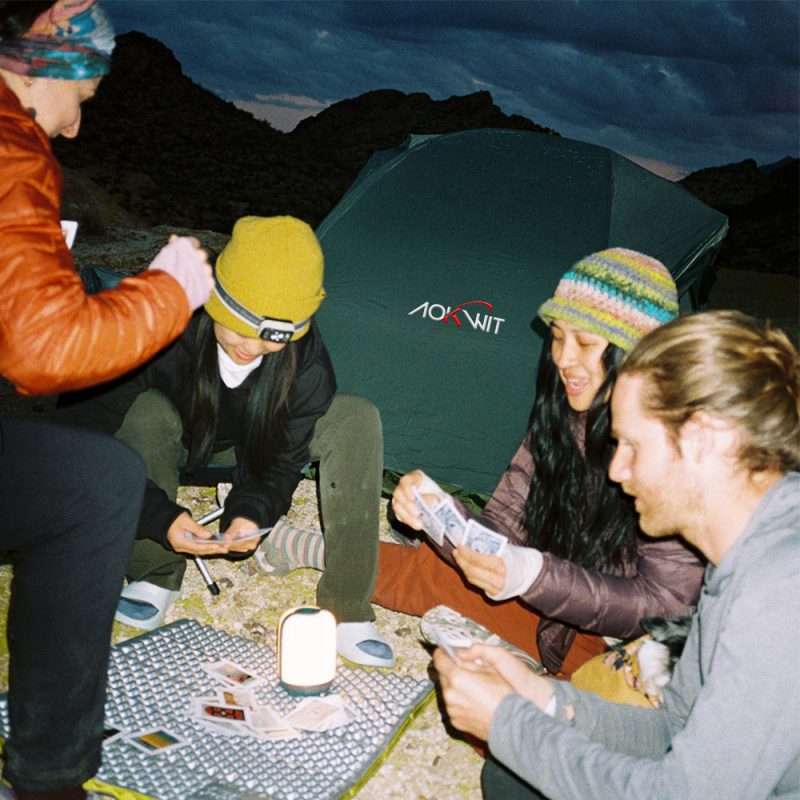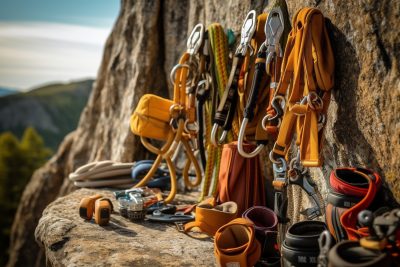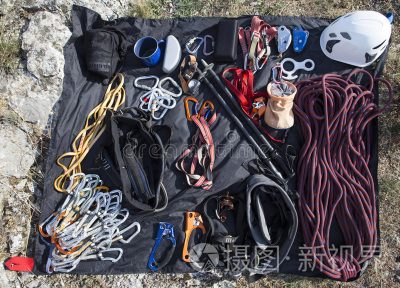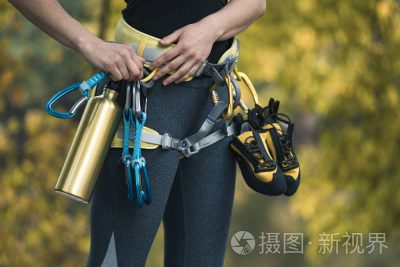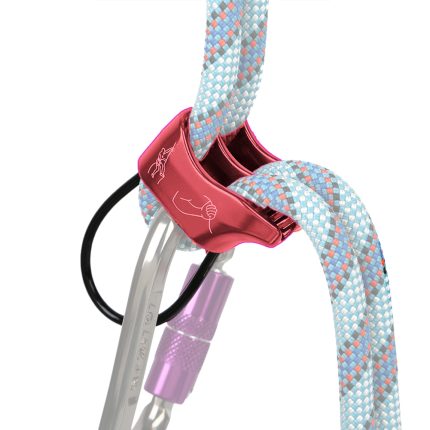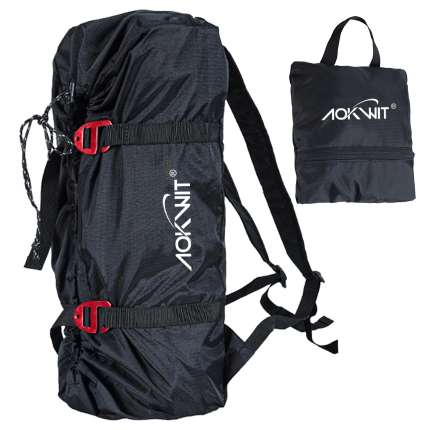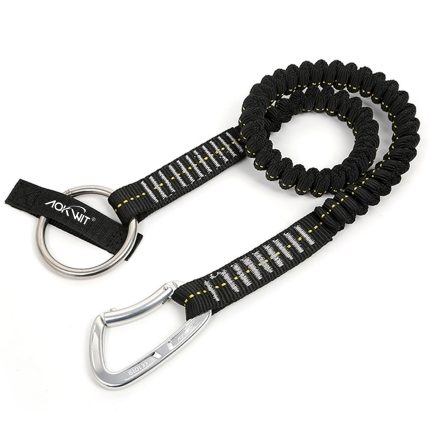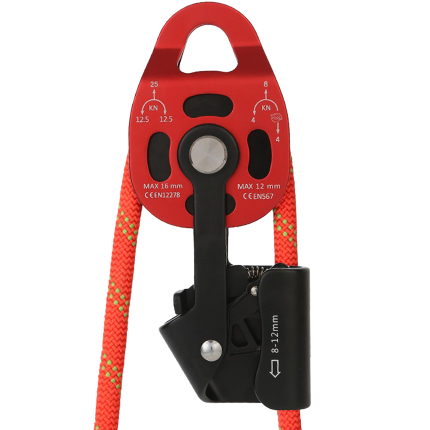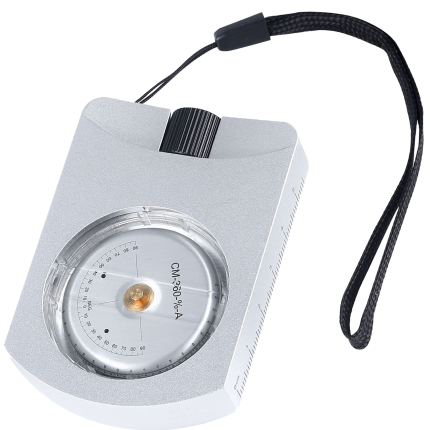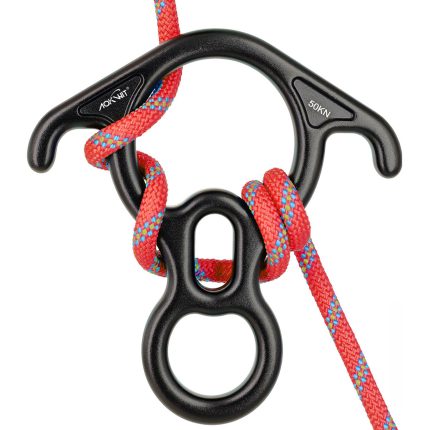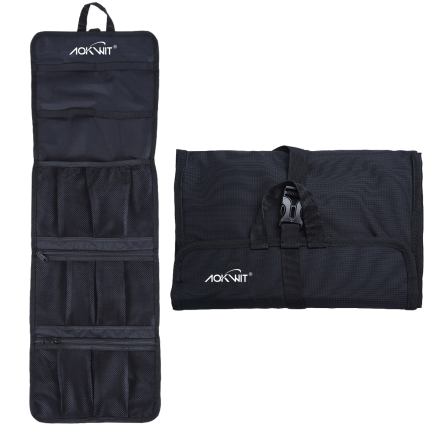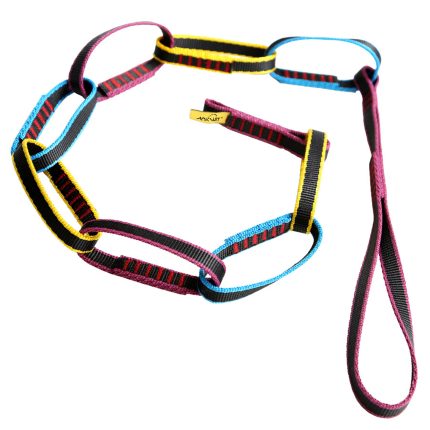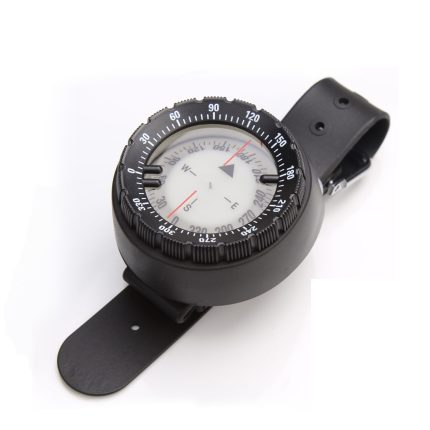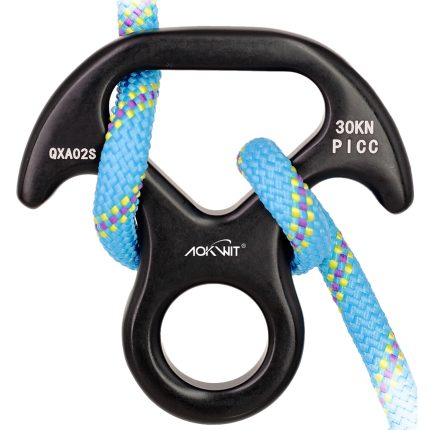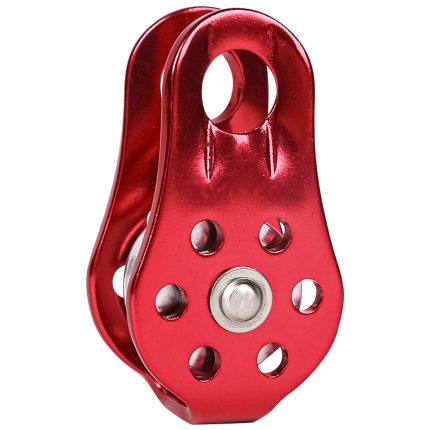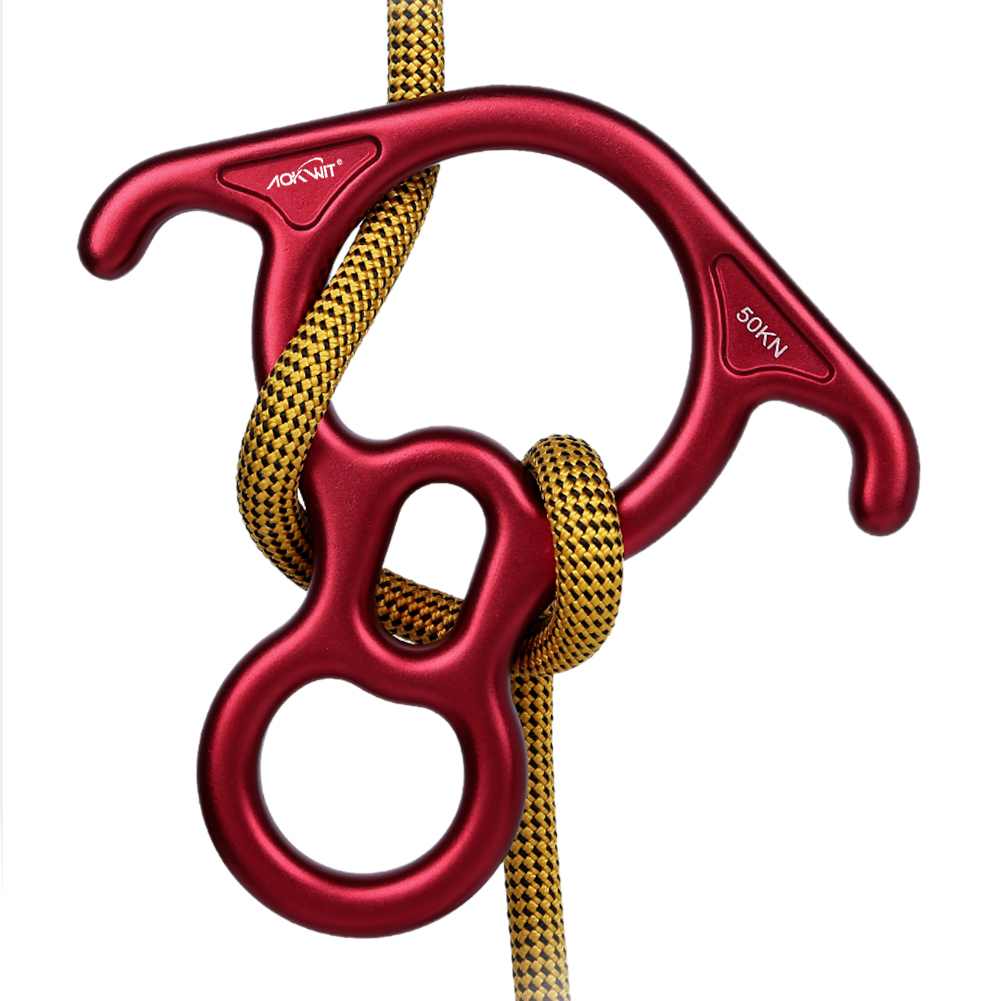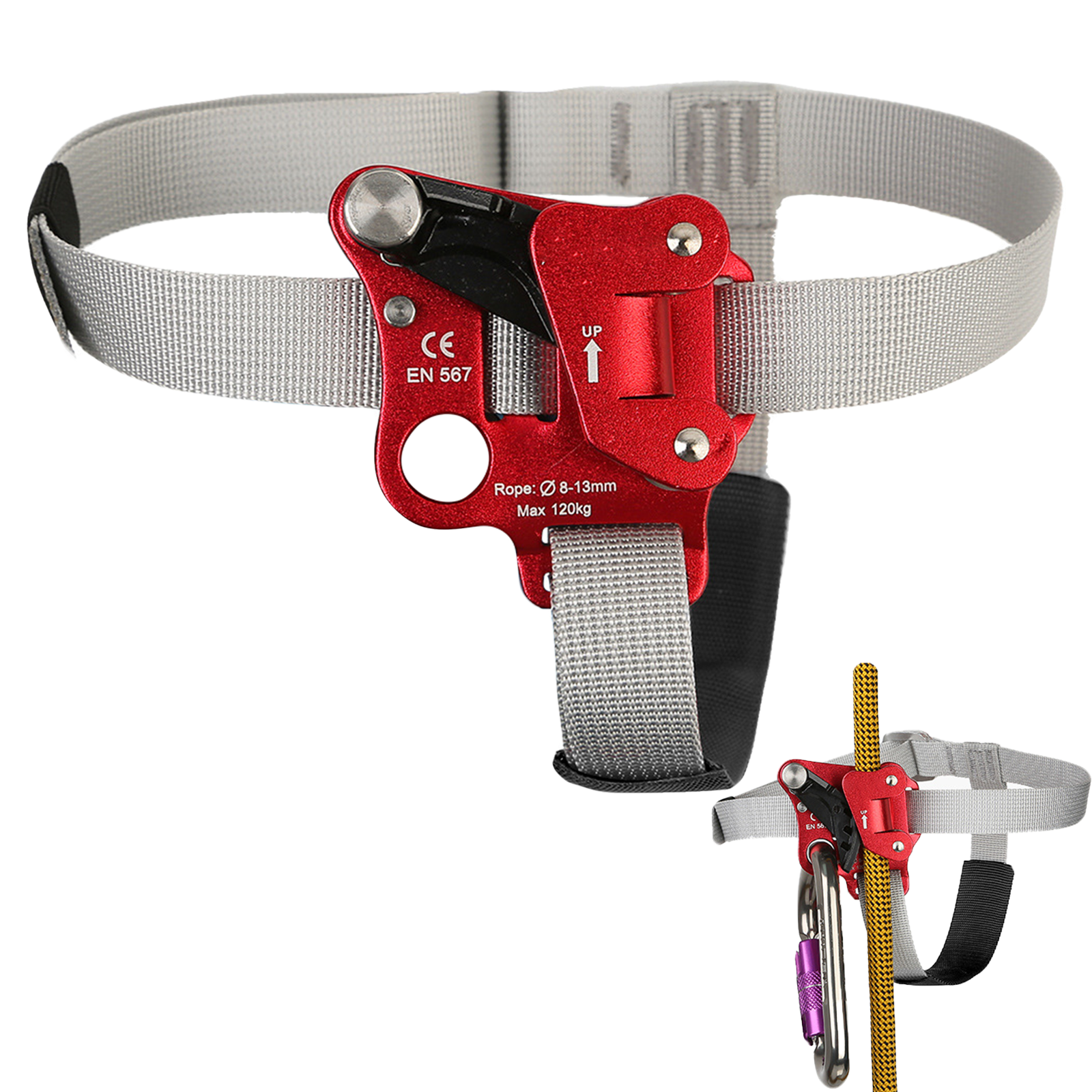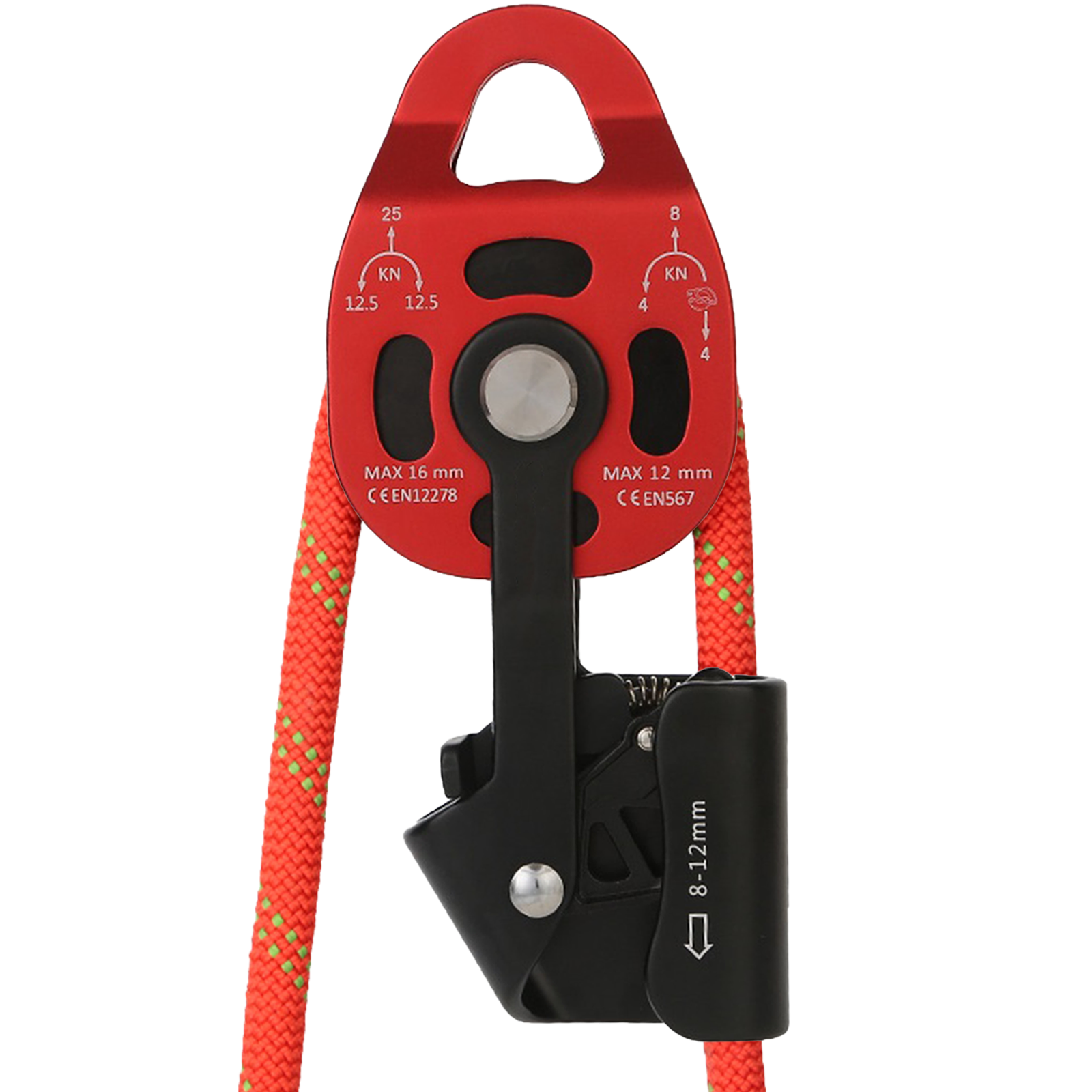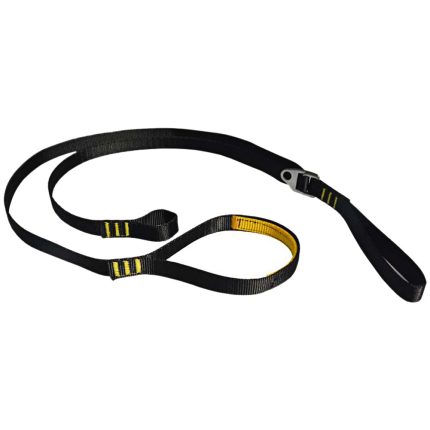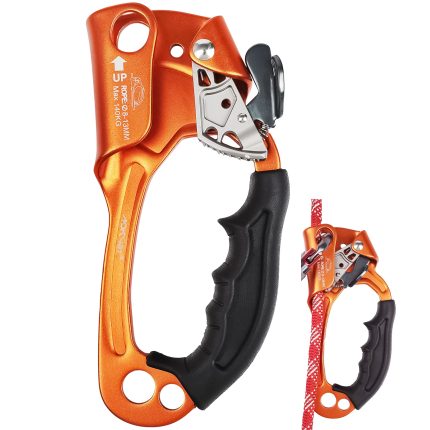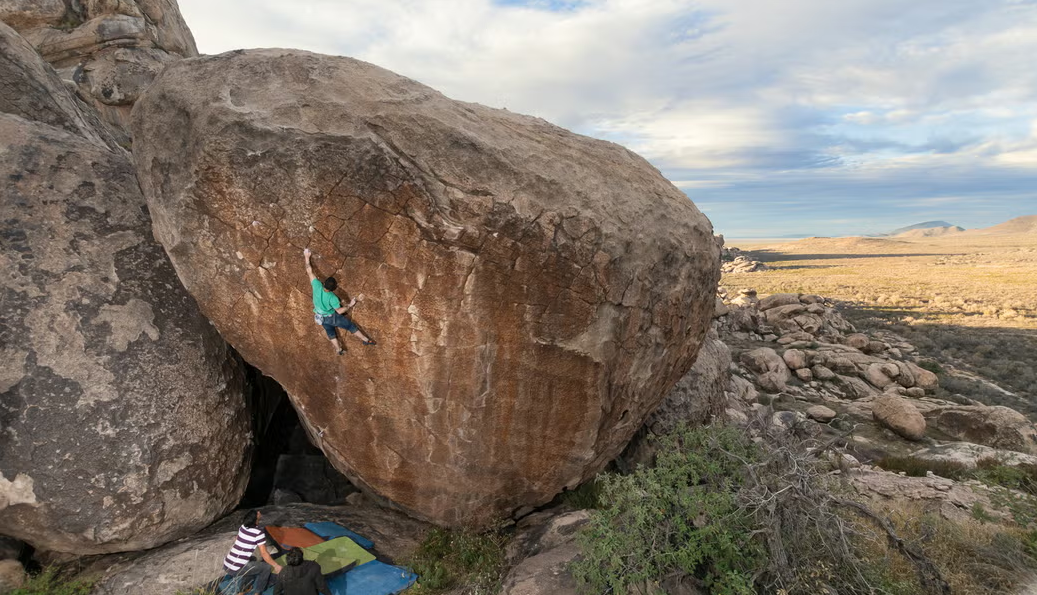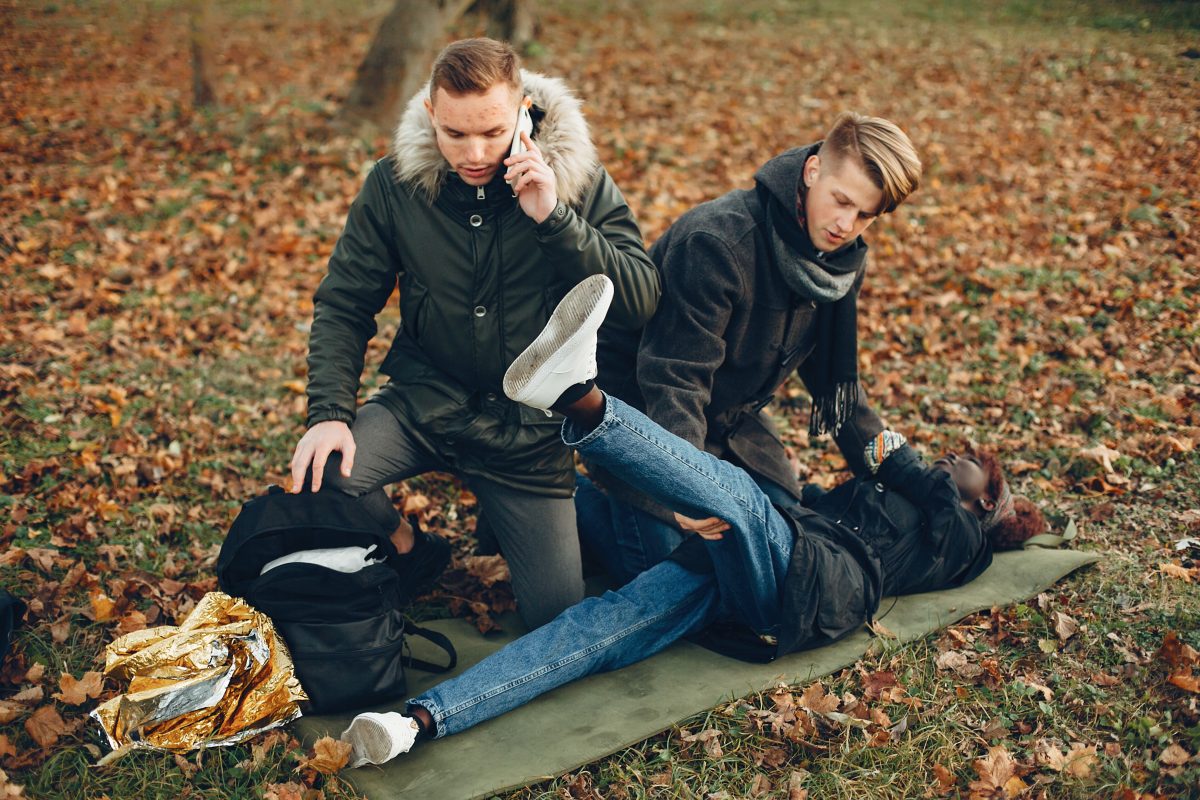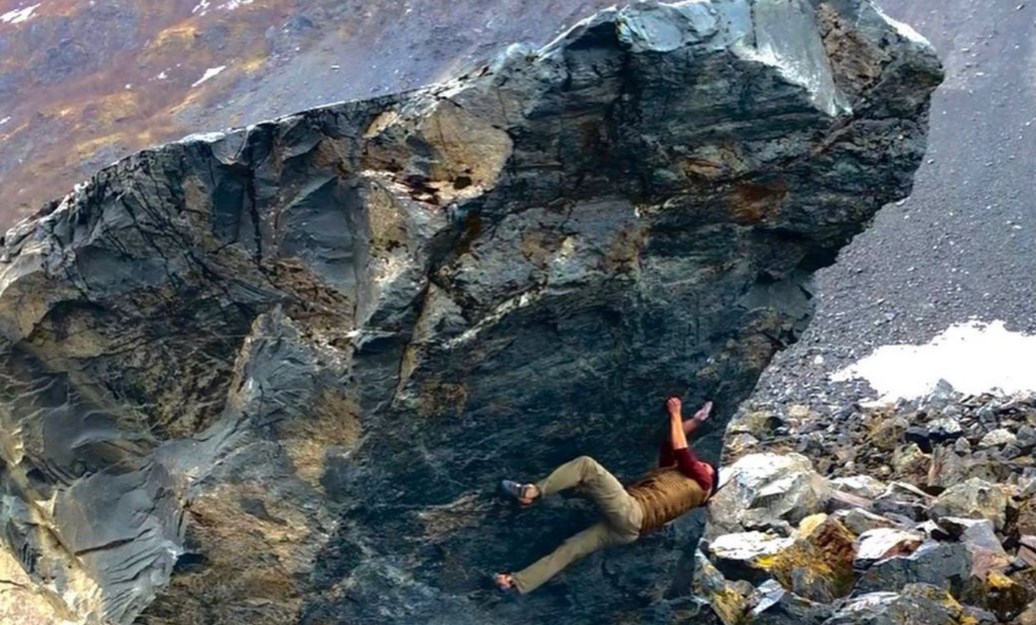Training Methods of a World Champion
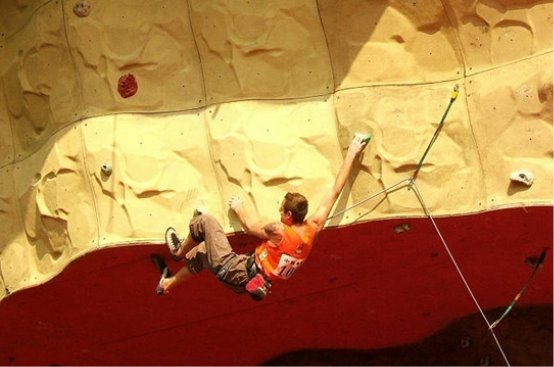
In this article, AOKWIT will share some training methods of world champion Tomas Mrazek.

Note: Silver medalist, 2006 World Cup.
How to progress your strength and technique the fastest? What should I pay attention to or avoid? How do I train? What does my weekly training or performance cycle look like?
- Climb, climb, climb!!! This is the most natural way to improve. Don’t waste time on useless things.
- Train at least four times a week. Otherwise, you won’t achieve shit!
- Don’t just train what you like (e.g., outdoor climbing, indoor climbing, bouldering, long routes…). They need to be allocated in appropriate proportions. This allows you to perform optimally when facing various situations.
- Key points to pay attention to during training:
- Finger Strength is fundamental. If your fingers can hold on, your body can climb.
- Technique: Don’t forget this part during training. Strength alone cannot complete every move.
- Body Strength (Core/Upper Body): When combined harmoniously with finger strength and footwork technique, it can even determine a climber’s climbing style.
- The Mind: In most cases, this is the biggest obstacle, whether due to fear, technique, or strategy. A small tip: Don’t overthink it, just climb!!
- When I train or climb, I always give 100%, fully committed.
- Always define your goals first. This is essential. Without goals, there’s no motivation and no results.
- You must absolutely love climbing, so much that you dream about it.
Brief Explanation on How to Train:
- Bouldering Training: The most efficient boulder problems are 10-15 moves long, on walls around 40 degrees overhanging. You shouldn’t get pumped within ten minutes because you need to last two hours. Fatigue will come naturally. Afterwards, you can use harder problems to train your maximum power.
- Endurance Training: I recommend interval climbing: 5-10 minutes of climbing, 10 minutes rest, repeated 6-10 times. For outdoor climbing, climb 30-meter routes, regardless of grade. Even if it’s 7a (5.11d) or 7b (5.12b), it’s fine. I prefer climbing routes slightly easier than my onsight level.
- Power Endurance Training: Refers to routes of up to 30 moves. Training this indoors is good. Find a 20-40 move circuit on a bouldering wall and repeat it ten times. Climbing new routes is even better; you learn more diverse movements. Another method is climbing outdoors; the most useful grades are at your redpoint limit.
- Technique Training: The best place is undoubtedly outdoors. But even indoors, you can find boulder problems that improve your technique. I often actively set new routes to practice fundamental climbing techniques like heel hooks or toe hooks.
What Should You Be Careful Of?
Isn’t the answer easy? Obviously, it’s injury leading to long periods away from climbing. Only through long-term, uninterrupted training can one achieve results. Personally, I’ve trained for months without a single rest day. This is crucial.
Preparing Your Body to Climb at the Crag is Essential:
- Warm-up: Stretch all important muscles like hands and back. Most injuries occur due to improper warm-up.
- After warming up, spend ten minutes stretching.
- Then, climb easy routes/problems, using large holds and on low angles. A slight overhang is best.
- Try to stretch your body in all directions.
- Don’t forget basic climbing movements.
- Remember to breathe while climbing easy routes. Correct breathing is the cornerstone of climbing.
- Now Let’s Start Training!!
- Begin with easy boulder problems, around ten moves. You should be able to climb the first five easily.
- If you feel ready, move on to your main training goals for the day. You must know what you are training and focus on it.
- Train with full intensity. Climb hard boulders or long routes according to your goals, and determination is key.
- Train with partners if possible. Everyone has their own style and you can learn from each other, making training easier.
- Try to use all angles in the gym. Don’t climb only on one wall; you’ll become inflexible.
- Grab holds of all sizes, especially those you find hardest.
- Training sessions should not exceed two hours. Therefore, you must climb at a fast pace to ensure training quality.
- After about one hour, or halfway through, rest for approximately ten minutes. You don’t want fatigue to reduce training quality. Choose a difficulty level that doesn’t exhaust you within ten minutes.
- After about an hour and a half, your forearms should feel pumped. Now comes the most important thing: Do a quick warm-down with easy boulders (or climb a route five times with a maximum of 20 moves), reducing your performance to about 20% of normal.
- After an Intense Session:
- You don’t need extra pull-ups. If you gave it your all, you shouldn’t even think about it.
- Climbing on vertical walls with large holds now helps remove excess lactic acid from tired arms.
- Stretching is also good, especially for those lacking flexibility.
- Another important point: Take a shower. This helps you relax and wash away fatigue.
- Then, apply lotion to your hands to help your skin heal faster. I’ve tried many lotions, but the best are those from pharmacies.
- At home, I recommend self-massage of your forearms. This shortens recovery time. Recovery is the topic of my next article.
- Important Reminders Not to Forget:
- Don’t train when you aren’t fully relaxed/recovered.
- Motivate yourself before training.
- Don’t always train in the same pattern; it reduces efficiency.
- Don’t always stop at the same wall.
- Train with a variety of different people.
- Don’t forget to drink electrolyte drinks; they prolong your energy. Dehydration makes you incredibly tired.
- Training must be fun; don’t do exercises you dislike.
- Try to set a specific plan before training.
Keep a regular training log.
